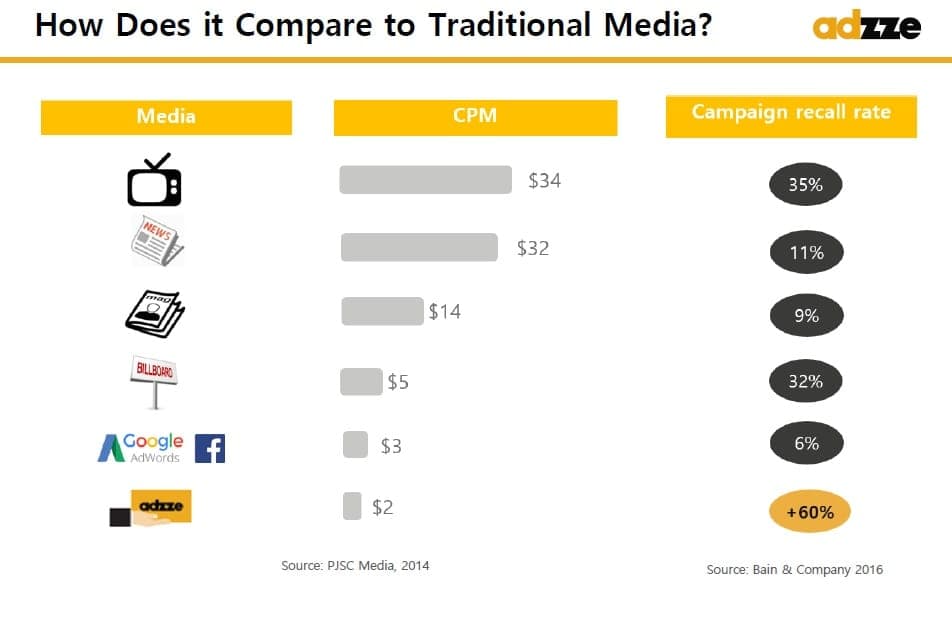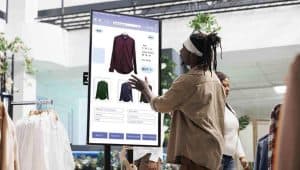Transforming Retail Spaces: Leveraging In-Store Analytics to Optimize Advertising Strategies
In today’s fast-paced retail environment, understanding consumer behavior is no longer optional; it’s essential. The ability to anticipate customer needs, preferences, and shopping habits has become the cornerstone of successful advertising and marketing strategies. One powerful way to achieve this is by leveraging in-store analytics. While data analytics has long been a mainstay for e-commerce businesses, brick-and-mortar retailers are now beginning to tap into this treasure trove of insights to optimize their advertising efforts.
This article explores how in-store analytics can revolutionize advertising strategies, providing actionable insights into customer behavior, improving ad placement, and boosting overall store performance. Through a seamless discussion, we’ll dive into the role of in-store analytics, key technologies driving this transformation, real-world examples, and how you can implement these strategies in your retail environment.

The Role of In-Store Analytics in Retail Advertising
Brick-and-mortar stores are experiencing a renaissance. Contrary to the assumption that physical retail is losing its edge, many stores are adopting digital strategies to enhance the in-store shopping experience. This hybrid approach allows businesses to collect and analyze valuable data on customer interactions, bridging the gap between physical and online retail.
In-store analytics involves collecting and analyzing data from various touchpoints within a store to understand customer behavior, optimize advertising placement, and drive sales. Unlike traditional methods like surveys or manual footfall counting, modern analytics tools offer real-time insights into how customers move through a store, what they engage with, and how they respond to advertising.
By analyzing this data, retailers can:
– Identify high-traffic areas within the store.
– Optimize the placement of advertising materials such as displays, signage, and promotions.
– Tailor marketing strategies to specific customer segments.
– Track the effectiveness of advertising campaigns in real-time.
For example, a clothing retailer may notice through analytics that a particular section of the store consistently attracts high foot traffic. They can capitalize on this insight by placing their most lucrative promotional materials in that area.
Key Technologies Driving In-Store Analytics
The emergence of cutting-edge technologies has made in-store analytics more accessible and accurate. Let’s explore the primary tools driving this transformation:
1. Wi-Fi and Bluetooth Tracking
Many modern retail stores offer free Wi-Fi to customers. By using Wi-Fi and Bluetooth signals from smartphones, stores can track foot traffic, dwell times, and customer paths. While anonymized to maintain privacy, this data provides critical insights into how customers navigate the store and which areas draw the most attention.
2. Heatmaps
Heatmaps visually represent customer activity within a store. By analyzing these maps, retailers can identify “hot zones” where customers tend to linger. These zones are prime locations for advertising, such as placing digital screens, product displays, or promotional signage.
3. Video Analytics
Advanced video analytics use AI-powered cameras to monitor customer movements and behaviors. Unlike traditional CCTV, these systems analyze data to provide insights into dwell time, product interactions, and demographic profiles, such as age or gender.
4. RFID and Sensor Technology
Radio Frequency Identification (RFID) and sensor-based systems track specific products as customers interact with them. This data can be used to assess product popularity and adjust advertising strategies to highlight top-performing items.
5. Point-of-Sale (POS) Data Integration
Integrating POS systems with in-store analytics helps retailers understand the relationship between customer behavior and sales. For instance, if customers consistently visit a particular section but conversion rates are low, the store may need to rethink its advertising approach in that area.
Using In-Store Analytics to Optimize Advertising Strategies
Once in-store analytics systems are in place, retailers can use the data to refine and optimize their advertising strategies. Here’s how:
1. Targeted Advertising
By understanding customer demographics and preferences, retailers can deliver targeted advertising that resonates with their audience. For instance, if analytics reveal that a store attracts a significant number of young professionals, the retailer can tailor their advertising to highlight trendy, work-appropriate apparel.
2. Dynamic Content
Digital signage equipped with in-store analytics can display dynamic content that adapts to customer behavior in real time. For example, if the analytics system detects a surge in foot traffic near a digital display, it can trigger promotions or advertisements for best-selling products.
3. Optimized Ad Placement
Knowing where customers spend the most time allows retailers to place advertising materials in high-visibility areas. This could mean positioning signage near checkout counters, high-traffic aisles, or entranceways.
4. Measuring Campaign Effectiveness
Analytics tools provide immediate feedback on the performance of advertising campaigns. If a promotion isn’t driving the expected engagement, retailers can make adjustments on the fly, ensuring their marketing dollars are well spent.
5. Personalization
The integration of customer loyalty programs with in-store analytics allows retailers to personalize advertising messages. For example, digital screens can display personalized offers based on a customer’s purchase history or browsing habits.
Case Studies: Real-World Applications of In-Store Analytics
1. Grocery Retailer Enhances Layout
A major grocery retailer used heatmaps to analyze customer movements and discovered that certain high-margin items were placed in low-traffic areas. By relocating these items to high-traffic zones identified through analytics, the retailer increased sales of these products by 30%.
2. Fashion Brand Drives Sales with Dynamic Signage
A global fashion brand implemented digital signage equipped with video analytics. When the system detected customers interacting with a specific clothing rack, it triggered advertisements for complementary items, such as matching shoes or accessories. This strategy led to a 20% increase in average basket size.
3. Electronics Store Tracks Conversion Rates
An electronics retailer integrated POS data with in-store analytics to track the conversion rates of customers interacting with product displays. When analytics revealed low conversion rates for a specific display, the store revamped the ad copy and positioning, resulting in a 15% boost in sales.
The Challenges of In-Store Analytics
While the benefits of in-store analytics are significant, there are also challenges to consider:
– Privacy Concerns: Customers may feel uneasy about being tracked, even if the data is anonymized. Retailers must ensure transparency and compliance with data privacy regulations.
– Cost of Implementation: Setting up advanced analytics systems can be expensive, particularly for small businesses. However, the long-term ROI often justifies the investment.
– Data Overload: Too much data can overwhelm retailers, making it difficult to extract actionable insights. A clear strategy and the right tools are essential to focus on relevant metrics.
Getting Started with In-Store Analytics
To successfully implement in-store analytics, retailers should take the following steps:
- Define Objectives: Identify what you want to achieve with in-store analytics, whether it’s increasing sales, improving ad placement, or understanding customer behavior.
- Choose the Right Tools: Select technologies that align with your goals and budget, such as heatmaps, Wi-Fi tracking, or video analytics.
- Train Staff: Ensure your team understands how to use analytics tools and interpret data effectively.
- Start Small: Begin with a pilot program in one or two locations before scaling up.
- Continuously Optimize: Use the insights gained from analytics to refine advertising strategies and measure their impact over time.

Conclusion: The Future of Retail Advertising
In-store analytics is revolutionizing the way retailers approach advertising. By providing real-time insights into customer behavior, these tools empower businesses to create more effective, targeted, and dynamic advertising strategies. As consumer expectations continue to evolve, leveraging analytics will be key to staying competitive in the retail landscape.
Ready to optimize your retail advertising strategy? Watch our short video below to discover how Adzze can help your brand. Contact us today to request a media kit or click here to see our Midia Options.






